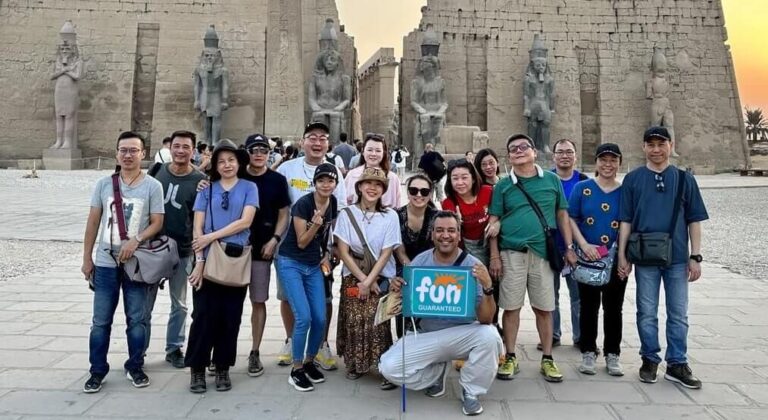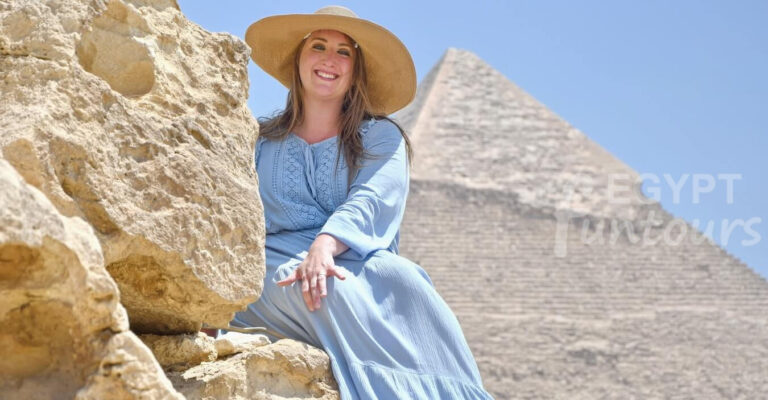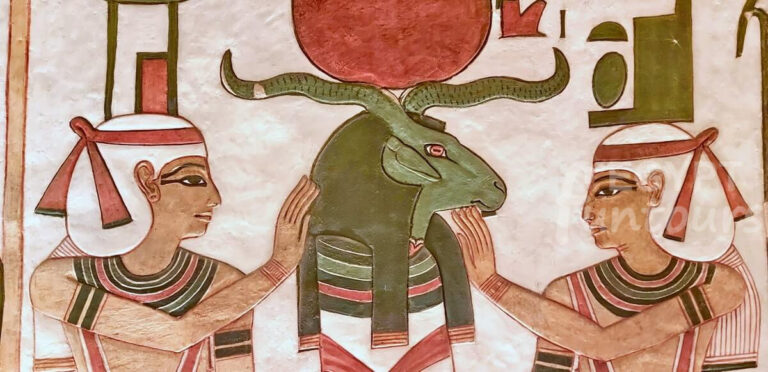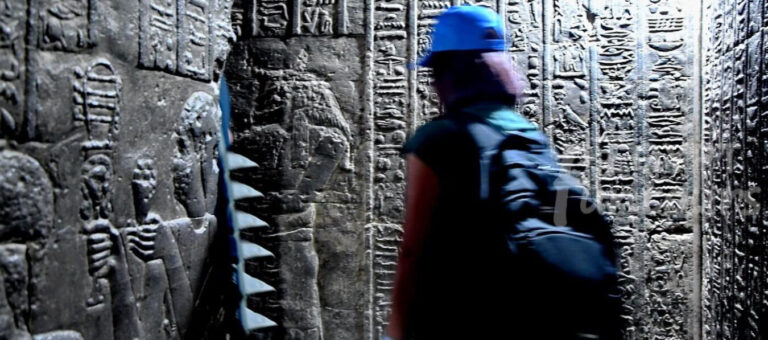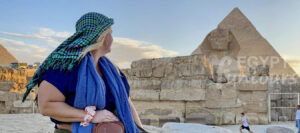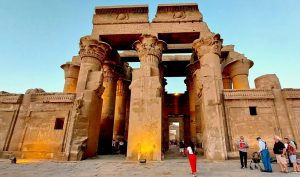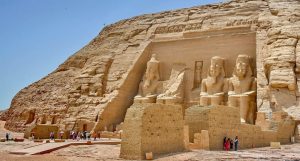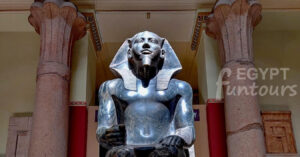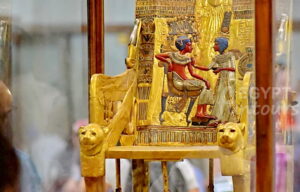Ptah: The Master Creator of the Pantheon
Ptah, an ancient and influential deity in the ancient Egyptian pantheon, held a unique position as a great creator god, master craftsman, and patron of artisans. His cult center in Memphis, one of Egypt’s oldest and most significant cities, underscored his prominence. Dating back to the First Dynasty period (3150–2613 BC), Egyptians revered Ptah as the ultimate architect of the universe. In fact, he was not merely a god who created, but one who brought things into being through thought and the spoken word.
The Memphite Theology and Creation
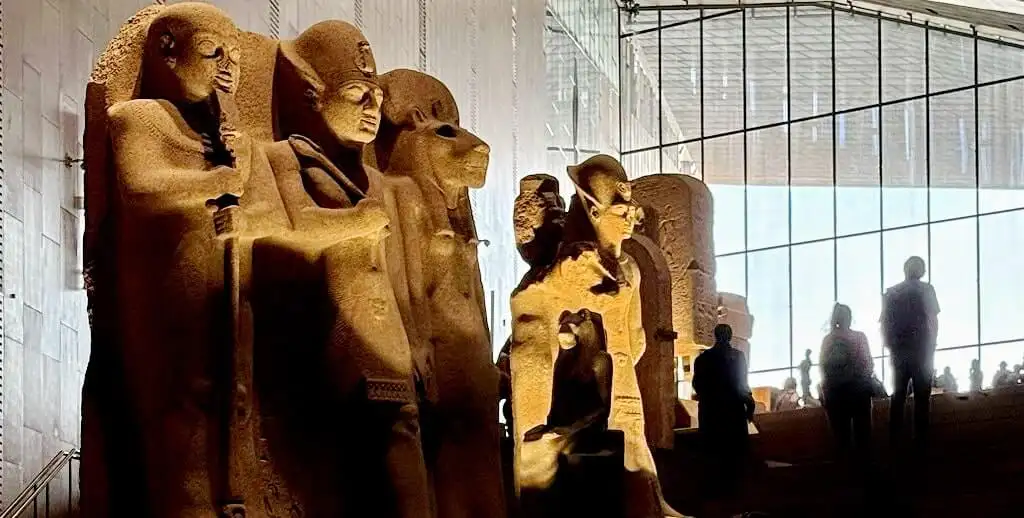
Ptah’s earliest worship centered in Memphis, where a grand temple stood for millennia. The Memphite Theology, recorded on the Shabaka Stone, presents Ptah as the supreme creator god. He even surpassed other creator deities. According to this profound text, Ptah conceived the entire cosmos, all other gods, and all living things within his heart (mind). He then brought them into existence simply by speaking their names. This intellectual creation distinguishes him from other gods, who might create through physical acts.
Furthermore, people often knew him by epithets such as Ptah-Nun (Ptah as the primordial water) and Ptah-Naunet (Ptah as the primordial void). This highlights his role in the very genesis of existence before anything else.
Roles and Responsibilities
Ptah’s responsibilities spanned creation, craftsmanship, and the maintenance of order. First and foremost, his role was as the ultimate creator. He not only brought the universe into being but also forged the other gods and established their roles. Consequently, this made him a universal deity, underpinning all other divine functions.
As the divine craftsman, Ptah served as the patron god of sculptors, metalworkers, builders, and artisans of all kinds. Craftspeople revered him, believing he inspired their skills and guided their hands. They sought his blessing for their intricate work, from monumental statues to delicate jewelry. On top of that, Ptah also embodied truth and justice. His creative power was inherently linked to the order of the cosmos, so he maintained the divine blueprint for existence. In later periods, Egyptians also associated Ptah with healing. Thus, they often merged his attributes with those of Sokar and Osiris to form Ptah-Sokar-Osiris, a powerful funerary deity.
God Ptah: Iconography and Depiction
Artists depicted Ptah in a highly distinctive manner. This made him easily recognizable in the ancient Egyptian pantheon. He typically appears as a mummified man, tightly wrapped in white linen. This symbolizes his unchanging, eternal nature and his connection to rebirth.
He wears a close-fitting skull cap, a unique head covering that further distinguishes him. In his hands, he holds a powerful composite scepter. This staff combines three potent symbols: the Was-scepter (power), the Ankh (life), and the Djed-pillar (stability). Together, these symbols illustrate his absolute authority and his role in upholding cosmic order. Additionally, like many gods, he often wears a straight, square divine beard.
Worship and Cultural Significance
The cult of God Ptah in Memphis was one of the most powerful and long-lasting in ancient Egypt. His grand temple, known as Hut-ka-Ptah (“Enclosure of the Ka of Ptah”), became a major religious and administrative center. This temple’s name, in its Greek form “Aigyptos,” is actually the origin of the English word “Egypt.” This linguistic legacy alone underscores his immense cultural impact.
Pharaohs frequently associated themselves with Ptah. They adopted titles that linked them to his creative and sustaining power. Craftsmen and architects across Egypt paid homage to him, invoking his name in their work. The worship of Ptah continued for millennia, influencing later periods and demonstrating his enduring significance as the divine architect who conceived and spoke the world into being.
God Ptah and the Oscar Award
There is a fascinating theory that the Oscar Award‘s design was inspired by the ancient Egyptian god Ptah. The statuette’s rigid, stylized pose and general form bear a resemblance to the mummified figure of Ptah, who often held a scepter combining ankh, djed, and was symbols. As the god of artisans and creators, Ptah would be a fitting figure to symbolize excellence in filmmaking and art. While the Academy of Motion Picture Arts and Sciences officially attributes the Oscars’ design to sculptor George Stanley and art director Cedric Gibbons, many have pointed out the visual parallels to Ptah’s iconography. This possible connection highlights how ancient Egyptian art and mythology continue to influence modern culture.


